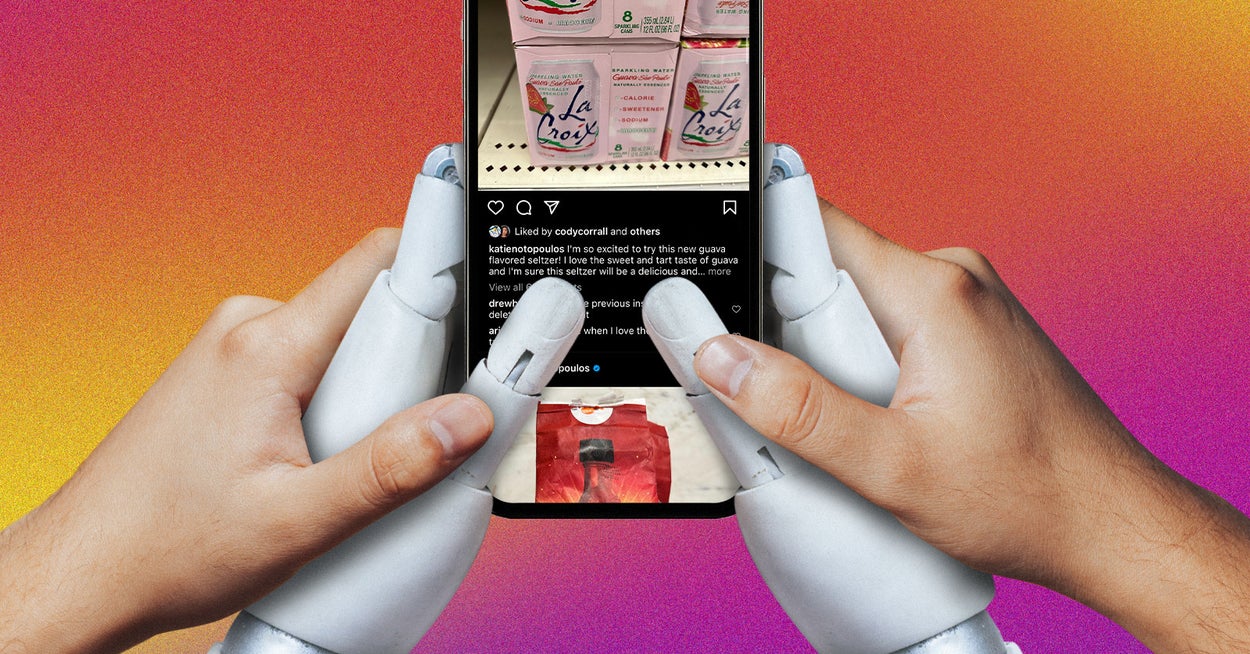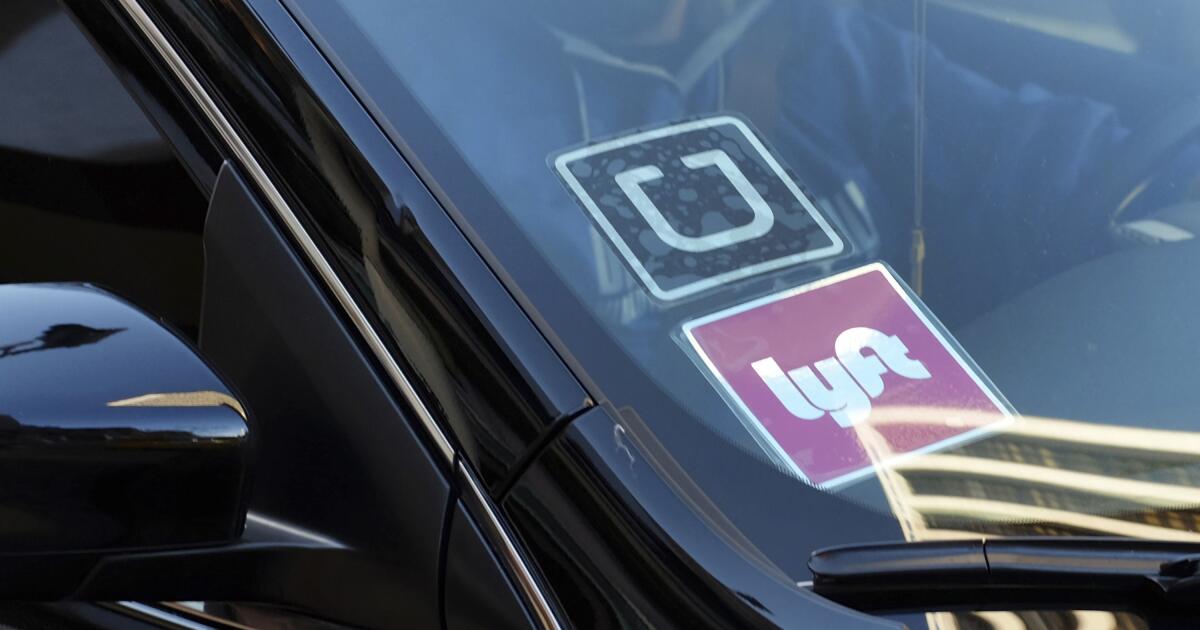Samsung is betting your home needs an AI robot with a projector
For years, Samsung has trotted out ostensibly helpful machines during its CES keynote addresses, including a very early version of Ballie in 2020. But this updated model is the company’s first serious attempt at developing a home companion robot, not just a motorized appliance such as a clever vacuum cleaner. And Samsung says customers will be able to bring a bowling-ball-size Ballie home in 2024.
“With the way things are progressing, I don’t see any big issue with reaching our goal of releasing it within this year,” Kang-il Chung, Samsung vice president and head of the company’s Future Planning group, told The Washington Post in an interview.
Some key details of Samsung’s Ballie, including its cost, have yet to be finalized. Still, Samsung has ruled out subscription fees to access the robot’s full suite of features.
Tuesday marks the official start of CES, where AI and robotics are expected to loom larger than ever.
Samsung is facing competition in its bid to expand its robotic reach into people’s homes. In late December, rival LG also announced a robotic home companion — a roving, bipedal “AI Agent” that, in addition to controlling smart-home gadgets and gathering home temperature and air quality data, can “move, learn, comprehend and engage in complex conversations.” The company aims to release the AI Agent in 2025, said an LG spokesperson, who noted that timing is subject to change.
These announcements signal a newfound optimism among major consumer tech companies that people are willing to welcome these machines into their households. But that’s no guarantee of success.
For proof, look to other high-profile personal robotics projects: Amazon’s Astro robot, first introduced in 2021, was received as more of a novelty than a productive member of the household. The product remains largely unavailable to consumers.
(Amazon founder Jeff Bezos owns The Washington Post.)
Meanwhile, Softbank pushed Pepper, a humanoid robot with a tablet for a chest, for close to a decade before quietly winding down production in 2021. Jibo, a friendly machine with an expressive screen-face, was developed by the director of the Personal Robots Group at the MIT Media Lab — but it didn’t last, either.
Ultimately, whether an investment in a home robot makes sense depends on what you would want out of one.
Samsung, for example, built Ballie to do a little bit of everything. A spatial lidar sensor helps Ballie navigate rooms and obstacles as it patrols your home, while a built-in, 1080p projector with two lenses allows the robot to project movies, video calls and even greetings on surfaces near and far. (Chung says Ballie’s internal battery is meant to last for two to three hours of continued projector use, so it won’t die in the middle of a film.)
A promotional video Samsung played during its keynote also showed Ballie using its projector as an additional for a nearby PC, though it’s not clear if this feature will be available at launch.
While the robot is largely meant to be controlled with voice commands, you will also be able to send requests via text message when you’re out, such as “feed the dog and play its favorite video”; before taking action, Ballie will respond with the aid of a chatbot.
Samsung also built Ballie to respond to the presence of members of your household. It can, for example, automatically turn on connected lights and — with help from an infrared transmitter — non-smart devices such as air conditioners when you walk through the front door. And because not all residents of a home will have the same sense of personal space, Chung says, Ballie will pick up on their preferences so it can cuddle up to some while giving others a wider berth.
Perhaps the most important role Samsung hopes Ballie will fill is that of a catchall home caretaker. Beyond keeping tabs on your pets, Chung says the robot will “make sure you are giving water to your plants at the right interval.” To some degree, he also considers Ballie a potentially potent tool for senior care, alluding to features that allow the robot to offer “greater access” to remote medical services.
This is, obviously, a lot for a single device to accomplish, and a gulf between promise and execution could significantly set back Samsung’s robotic ambitions.
Chung declined to speculate on Ballie’s impact on Samsung’s robotics plans if it were to fail, instead noting that the company is committed to making it “a success.” But even if Ballie doesn’t thrill its users out of the gate, he hopes it will help prove that robotic assistants can be indispensable in our homes. Though that might sound strange, Chung points out that some of the appliances and gadgets we rely on now weren’t part of our lives 10 years ago.
“The question is: What will become prevalent? What will we take for granted in the next 10 years?” he asked. “Home robots, I hope, will be one of them.”







